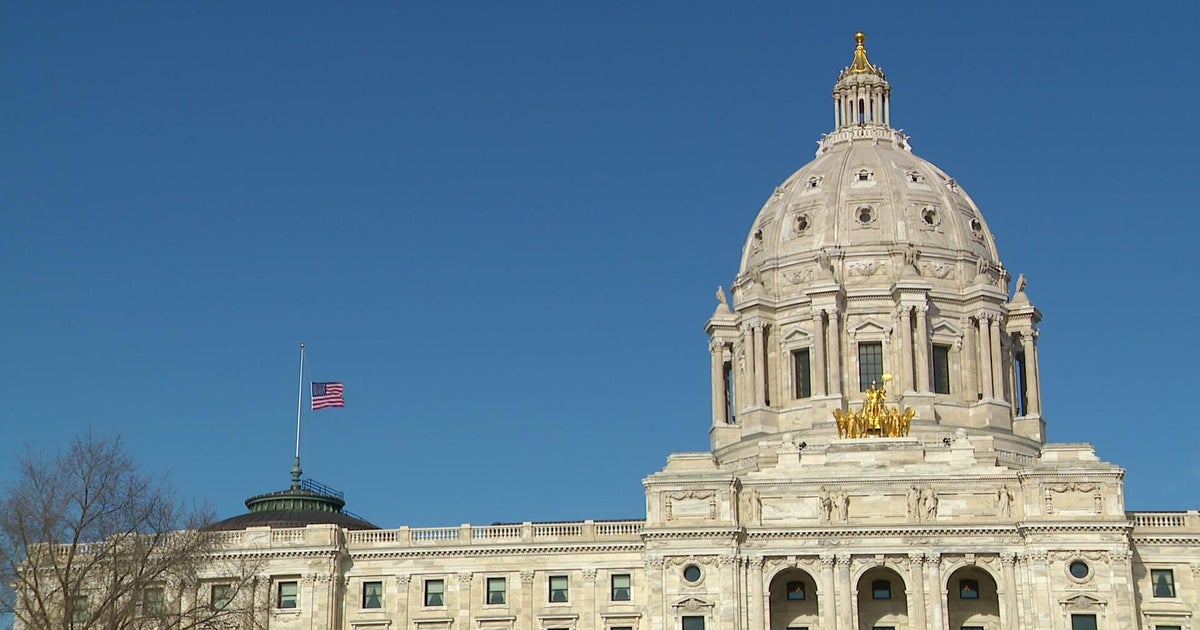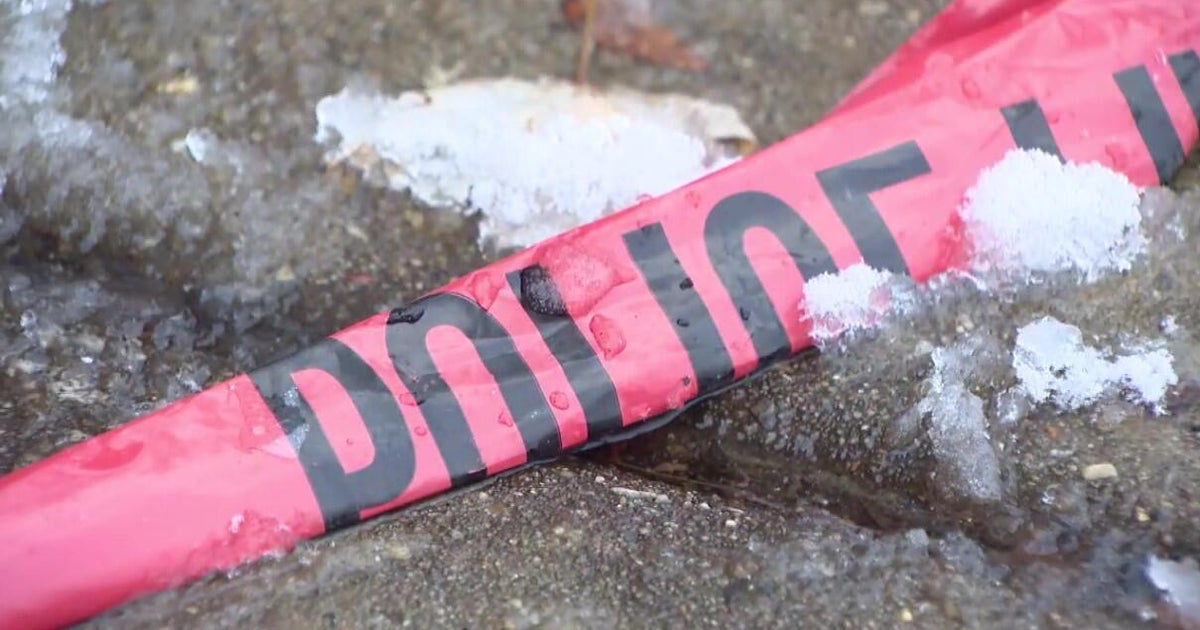Layoffs hit lowest level since 1968, with 166,000 people filing for jobless aid last week
Fewer Americans applied for unemployment benefits last week as layoffs remain at historically low levels.
Jobless claims fell by 5,000 to 166,000 for the week ending April 2, the Labor Department reported Thursday — the lowest weekly figure since 1968.
The previous week's number was revised down by a whopping 31,000, thanks to a change in the Labor Department's reporting methods.
In recent weeks, jobless claims — which generally represent the pace of layoffs — have hovered near 50-year lows. Employers have grown cautious about cutting jobs given the tight labor market, economists say. At the same time, the labor shortage is giving more leverage to workers who want to switch jobs in search of better wages and benefits.
"The labor market is so tight that layoffs hit a new historical low. In only one other week since records began, in November of 1968, were fewer layoffs recorded," Robert Frick, corporate economist at the Navy Federal Credit Union, said in a note. "[W]hile employers struggle to hire and retain workers, workers have the confidence to change jobs at a near-record pace, switching most often for higher pay or better working conditions."
In total, 1,523,000 Americans were collecting jobless aid for the week ending March 26, a level not seen in more than 50 years.
In its report Thursday, the Labor Department declared that the worst effects of the pandemic have passed, by way of explaining why it was changing its statistical methods. The department uses two different methods to adjust claims figures for seasonal variation, depending on the overall economy.
"Now that most of the large effects of the pandemic on the [unemployment] series have lessened," the department is changing from one to the other, it said.
Economists expect layoffs to remain low for the foreseeable future.
"We expect initial claims to remain well below 200k as employers, who continue to struggle to attract and retain workers, will keep layoffs to a minimum," economists at Oxford Economics wrote in a note.
Hiring streak
Last week, the Labor Department reported that U.S. employers extended a streak of robust hiring, adding 431,000 jobs in March and pushing the unemployment rate down to 3.8%. Despite the inflation surge, persistent supply bottlenecks, damage from COVID-19 and now a war in Europe, employers have added at least 400,000 jobs for 11 straight months.
Job openings hovered at a near-record level in February. There were 11.3 million available jobs last month, matching January's figure and just below December's record of 11.4 million, the Labor Department reported last week.
The number of Americans quitting their jobs was also historically high, at 4.4 million, up from 4.3 million in January. More than 4.5 million people quit in November, the most on records dating back two decades.
The Fed launched a high-risk effort last month to tame the worst inflation since the early 1980s, raising its benchmark short-term interest rate and signaling up to six additional rate hikes this year. The minutes from that mid-March meeting, released Wednesday, revealed aggressive Fed officials saying that half-point interest rate hikes, rather than traditional quarter-point increases, "could be appropriate" multiple times this year.
Last week, an inflation gauge closely monitored by the central bank jumped 6.4% in February compared with a year ago, with sharply higher prices for food, gasoline and other necessities squeezing Americans' finances. Other measures have shown prices rising close to 8% in the past year, the fastest rate in four decades.
Fed policymakers have projected that inflation will remain elevated at 4.3% through 2022.
CBS News' Irina Ivanova contributed reporting.





